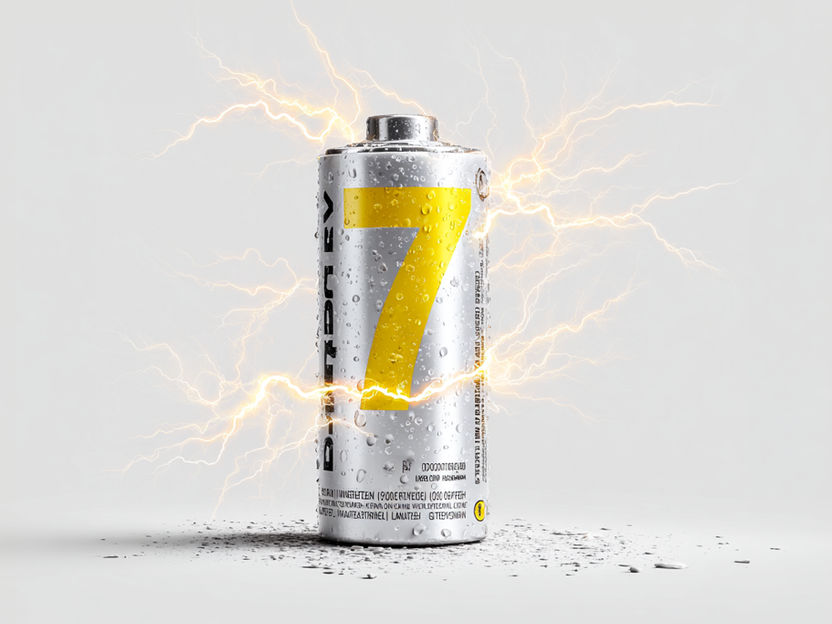Can MoS₂ Thin Films Really Boost Lifespan of Anode-Free Solid-State Batteries by Sevenfold?

Revolutionizing Battery Technology: The Breakthrough in Anode-Free All-Solid-State Batteries
In a remarkable development that could reshape the landscape of energy storage, South Korean researchers have unveiled a groundbreaking technology aimed at enhancing the lifespan of next-generation anode-free all-solid-state batteries (AFASSBs). This innovation, spearheaded by a collaborative team led by Dr. Ki-Seok An, utilizes a cost-effective two-dimensional material that significantly boosts battery longevity, achieving a sevenfold increase in lifespan. As the world transitions towards renewable energy solutions, the need for advanced, efficient, and long-lasting battery systems has never been more critical.
The Importance of Battery Technology in Modern Society
Battery technology plays a crucial role in various sectors, from electric vehicles (EVs) to renewable energy storage systems. The demand for high-performance batteries is on the rise due to:
- Electric Vehicles: As EV adoption grows, manufacturers require batteries that not only provide longer ranges but also have shorter charging times.
- Renewable Energy: Wind and solar energy sources require effective storage solutions to balance supply and demand fluctuations.
- Consumer Electronics: Devices such as smartphones and laptops benefit from batteries that last longer and charge faster.
Understanding All-Solid-State Batteries (ASSBs)
All-solid-state batteries represent a significant advancement over traditional lithium-ion batteries. Unlike their liquid electrolyte counterparts, ASSBs use solid electrolytes, offering numerous advantages:
- Safety: Solid electrolytes reduce the risk of leakage and flammability, enhancing overall safety.
- Energy Density: Increased energy density allows for higher capacity and longer battery life.
- Temperature Stability: Solid-state batteries can operate efficiently in a wider range of temperatures.
The Challenge of Anode-Free Designs
The concept of anode-free batteries is particularly appealing as it simplifies battery design and reduces material costs. However, this innovation has faced challenges, primarily related to lifespan and stability. Traditional batteries degrade over time, leading to reduced performance and safety hazards.
The Breakthrough: Cost-Effective Two-Dimensional Materials
The research team, led by Dr. Ki-Seok An, focused on addressing these longevity issues by integrating two-dimensional materials into the battery design. These materials, known for their unique properties, offer several benefits:
- Enhanced Ionic Conductivity: Two-dimensional materials facilitate faster ion movement, which is crucial for battery performance.
- Improved Mechanical Stability: They provide structural support, reducing the risk of battery failure over time.
- Cost-Effectiveness: Utilizing abundant and inexpensive materials contributes to lower manufacturing costs.
Research Findings and Results
In laboratory tests, the newly developed AFASSBs demonstrated a lifespan increase of sevenfold compared to existing technologies. This remarkable finding highlights the potential for widespread application in various industries. The research team conducted extensive testing to ensure reliability and performance under real-world conditions.
The Future of Energy Storage
The implications of this research extend beyond just battery technology. With improved AFASSBs, the transition to renewable energy sources becomes more viable. The ability to store energy efficiently is crucial for harnessing the full potential of solar and wind power.
Potential Applications of Next-Generation AFASSBs
As this technology matures, several applications are poised to benefit significantly:
- Electric Vehicles: Longer-lasting batteries mean less frequent replacements, reducing overall costs for consumers and manufacturers.
- Grid Storage Solutions: Enhanced energy storage systems can stabilize power grids, ensuring a reliable energy supply.
- Consumer Electronics: Devices with AFASSBs can operate longer on a single charge, improving user experience.
Challenges Ahead
Despite the promising results, several challenges remain before widespread adoption can occur:
- Scalability: The production processes for two-dimensional materials must be refined for large-scale manufacturing.
- Market Readiness: Industries must adapt to new technologies and materials, which may involve significant investment and research.
- Regulatory Hurdles: As with any new technology, regulatory approval will be necessary to ensure safety and efficacy.
Conclusion
The breakthrough in anode-free all-solid-state batteries represents a significant step forward in battery technology. By harnessing cost-effective two-dimensional materials, researchers have not only improved battery lifespan but also opened the door to a future where energy storage is safer, more efficient, and more sustainable. As industries and consumers alike begin to recognize the importance of advanced battery systems, the impact of this research will undoubtedly be profound.
As we stand on the brink of a new era in energy storage, the question remains: How will this technology transform our daily lives and the global energy landscape?
Frequently Asked Questions
What are anode-free all-solid-state batteries?
Anode-free all-solid-state batteries (AFASSBs) are a type of battery that eliminates the need for a traditional anode, utilizing solid electrolytes to enhance safety and performance.
Why are two-dimensional materials important for battery technology?
Two-dimensional materials are crucial because they improve ionic conductivity, mechanical stability, and cost-effectiveness, leading to longer-lasting and more efficient batteries.
What industries could benefit from next-generation AFASSBs?
Industries such as electric vehicles, renewable energy storage, and consumer electronics stand to gain significantly from the advancements in AFASSB technology.
As we move towards a more sustainable future, what other innovations in battery technology do you think are on the horizon? #BatteryTechnology #SustainableEnergy #Innovation
Published: 2025-06-23 00:32:53 | Category: Uncategorized



